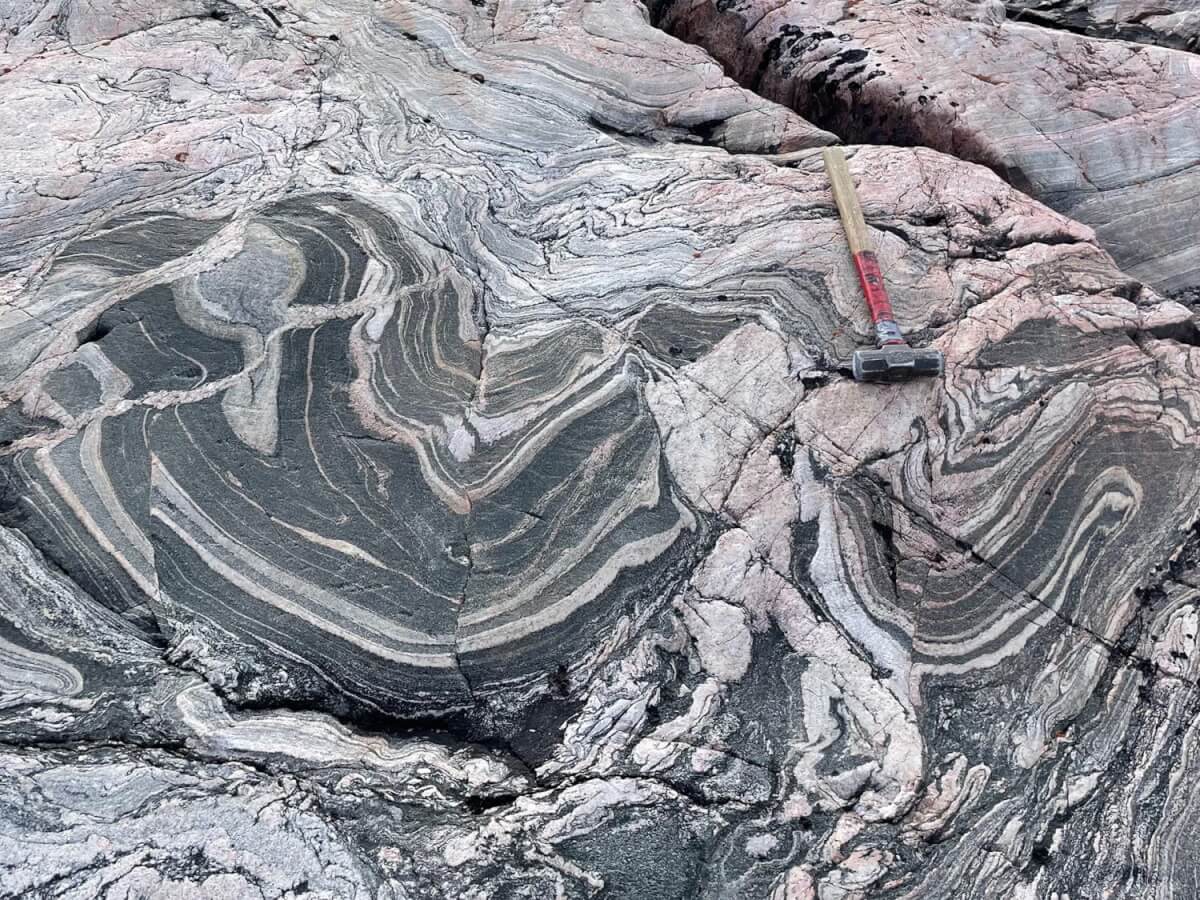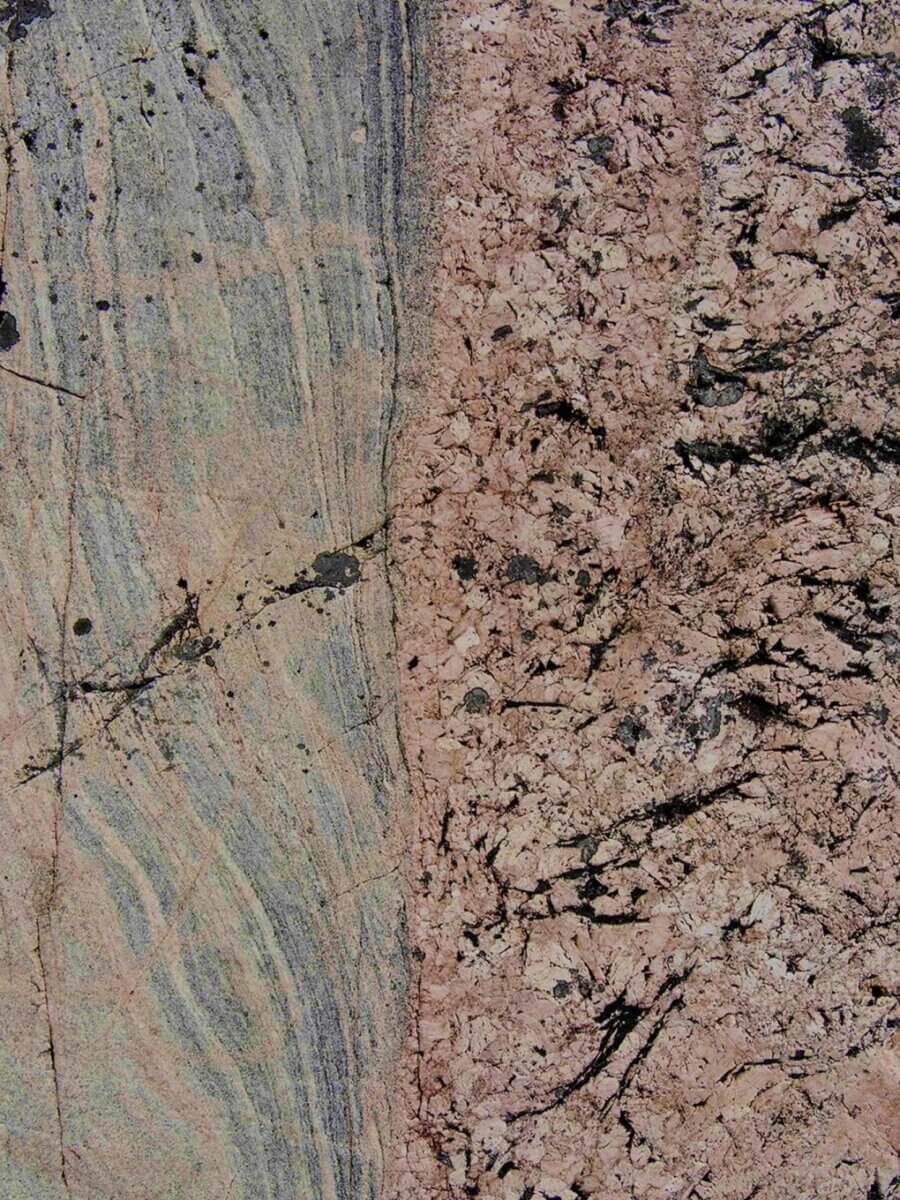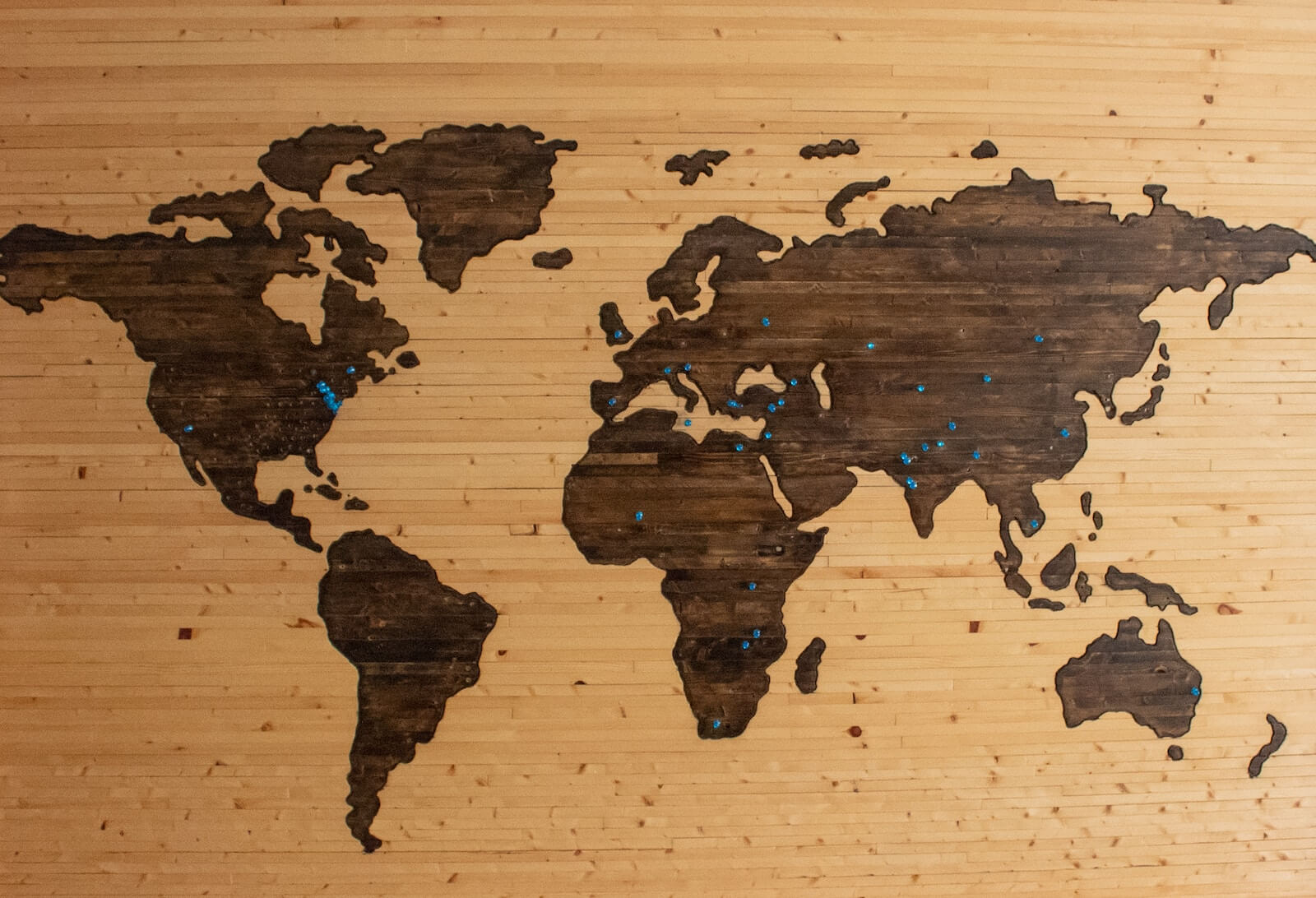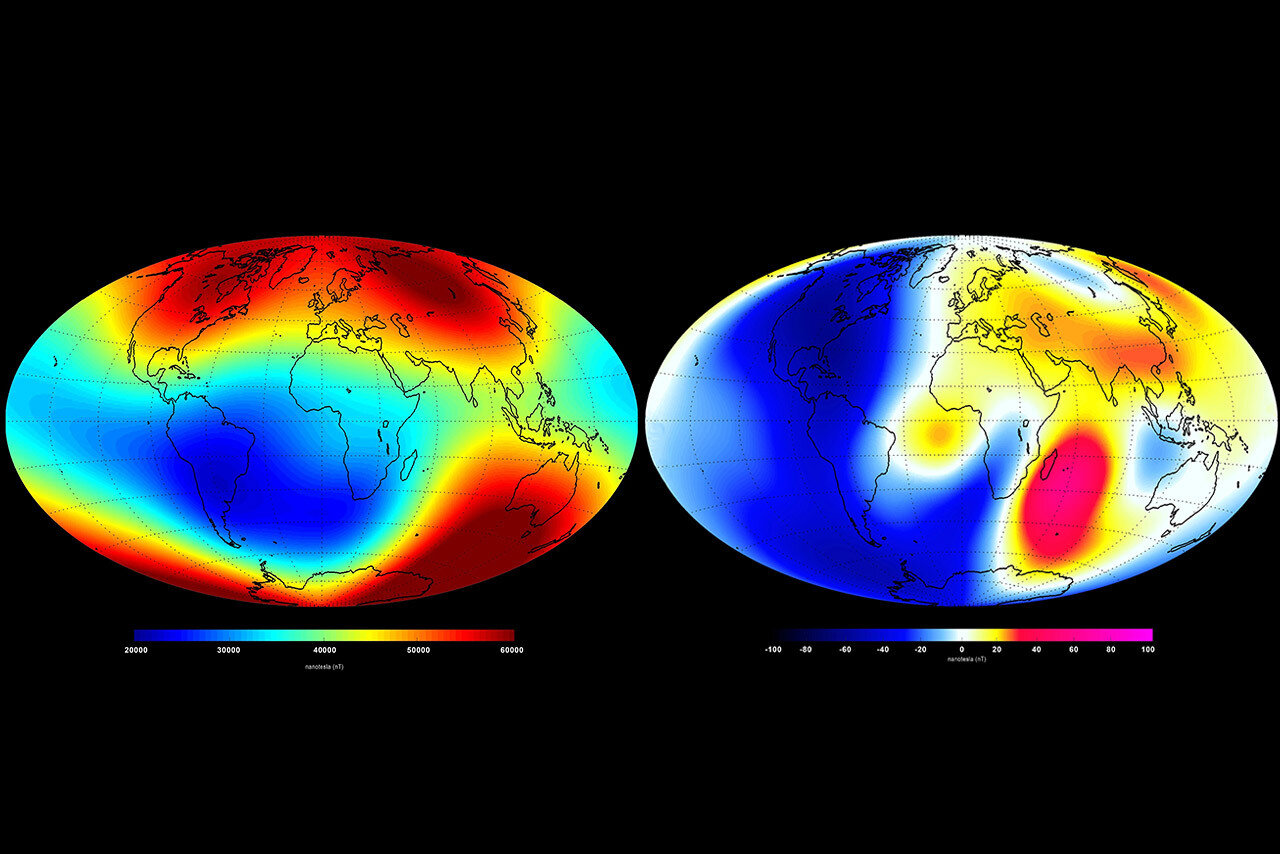Scientists discover what gave rise to Earth’s unbroken continents
UNIVERSITY PARK, Pa. — The ground beneath our feet can seem solid, stable, and seemingly eternal. But the continents we call home are unique among our planetary neighbors, and their formation has long been a mystery to scientists. Now scientists believe they may have uncovered a crucial piece of the puzzle: the role of ancient weathering in shaping Earth’s “cratons,” the most indestructible parts of our planet’s crust.
Cratons are the ancient souls of continents that make up roughly half of Earth’s continental crust. Some date back more than three billion years and have hardly changed since then. They form the stable heart around which the rest of the continents grew. For decades, geologists have wondered why these regions are so resilient, even as plates slide and collide around them.
It turns out that the key may not lie in the depths of the Earth, but on its surface. A new study from Penn State and published in Nature suggests that subaerial weathering—the breakdown of rocks exposed to air—may have triggered a chain of events that led to the stabilization of cratons billions of years ago, during the Neoarchean era, about 2.5 to 3 billion years ago.

To understand how this happened, let’s take a step back in time. In the Neoarchaean, Earth was a very different place. The atmosphere contained little oxygen and the continents were mostly submerged beneath the global ocean. But gradually the land began to rise above the waves – a process called continental rise.
As more rock was exposed to air, the rate of weathering increased dramatically. When rocks weather, they release their basic minerals, including radioactive elements such as uranium, thorium and potassium. These heat-producing elements, or HPEs, are key because their decay has been creating heat inside the Earth for billions of years.
The researchers suggest that when HPEs were released through weathering, they were washed into sediments that accumulated in the oceans. Over time, plate tectonic processes would carry these sediments deep into the crust, where concentrated HPEs could really make their presence felt.
Buried at depth and heated from within, the sediments would begin to melt. This would lead to what geologists call “crustal differentiation”—the separation of the continental crust into a lighter HPE-rich upper layer and a denser HPE-poor lower layer. It is this layering, scientists argue, that gave the cratons their extraordinary stability.
The HPE-enriched upper crust essentially acted as a thermal blanket, keeping the lower crust and lower mantle relatively cool and strong. This prevented the kind of large-scale deformation and recycling that affected the younger parts of the continents.
Interestingly, the timing of craton stabilization around the world supports this idea. The researchers point out that in many cratons, the appearance of HPE-enriched sedimentary rocks precedes the formation of the characteristic Neoarchean granites—rock types that would have formed from melting of HPE-rich sediments.


In addition, metamorphic rocks—rocks transformed by heat and pressure deep in the crust—also record a history consistent with the model. Many cratons contain granulite terranes, areas of deep crust uplifted to the surface that formed in the Neoarchaean. These granulites often have a composition that suggests they were formed by melting of sedimentary rocks.
Thus, the sequence of events—continental formation, increased weathering, burial of HPE-rich sediments, melting of the deep crust, and finally craton stabilization—appears to be congruent.
Remarkably, this process may have been an inevitable consequence of large continents rising above the sea. The appearance of land set in motion a cascade of processes that culminated in the birth of cratons.
This also helps explain why craton stabilization peaked in the Neoarchaean. During this time, HPE-enriched sediments first appeared in large volumes, coinciding with a period when Earth’s radioactive heat production was about twice what it is today due to the natural decay of HPE over time.
The implications of this work go beyond simply understanding the ancient past. Cratons are more than geological features – they are important habitats for life and host valuable mineral deposits including gold, diamonds and critical metals. Knowing how they came about can help us find these sources.
Walking on solid ground, it is humbling to think that the very foundations of our continents owe their existence to the slow and patient work of weathering and erosion billions of years ago. The next time you pick up a rock, think about the spectacular journey its components may have traveled—from mountain to sea, to deep crust, and back again—culminating in the world we know today.
StudyFinds Editor-in-Chief Steve Fink contributed to this report.














Post Comment